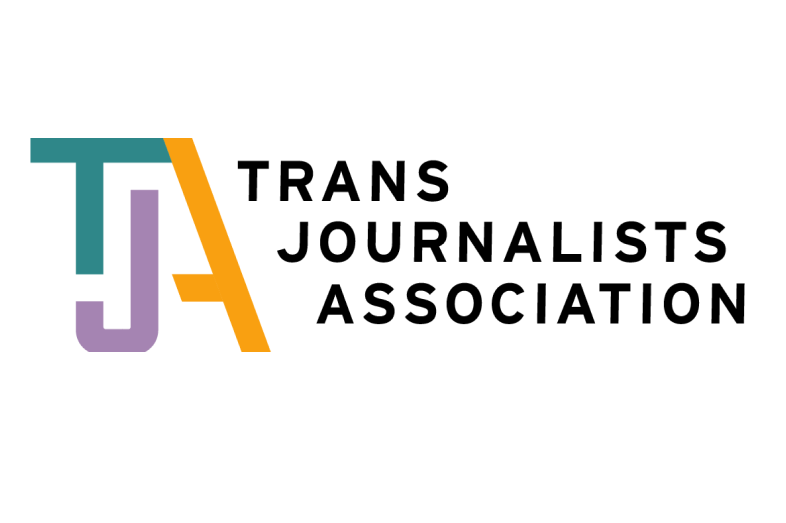This resource was republished with permission from the Trans Journalists Association, which published it first on Feb. 21, 2024.
The Trans Journalists Association’s most crucial advice to journalists is to listen to trans and nonbinary sources and address them as they wish to be addressed. But when a trans person dies or is killed, friends and family members may disagree on the most respectful way to refer to them. Police or government officials may also describe them inaccurately, even in official communications.
Trans people are often misgendered after death, and police struggle to report hate crimes motivated by anti-LGBTQIA+ and anti-trans bias. At the same time, take care to avoid making assumptions or spreading misinformation about both the victims and the causes of violence, especially while information is still emerging.
Overall, report only what you know, and be clear about what is unknown or unconfirmed.
Some key points to remember:
- Do not leap to conclusions about why someone died. Transgender people are at increased risk of death by suicide and homicide. But do not automatically assume in a still-developing story that a deceased trans person’s gender identity is related to or is the cause of their death. (Verification may require waiting on autopsy reports or legal proceedings.)
- Similarly, do not assume what may have provoked any violence. There have been documented instances where people or institutions that were targets of social media harassment were later attacked or harassed in real life. This is sometimes referred to as “stochastic terrorism,” more plainly described as acts of violence and harassment sparked by hateful rhetoric. Use extreme caution when drawing connections between violence and online or in-person harassment. If a trans person was targeted and then dies, accurately describe and report on that series of events. Do not imply direct causation without evidence.
- Write around outdated or false details. In situations where a deceased trans person’s identity is clear, do not reprint their deadname (prior name) posthumously or misgender them, even in direct quotes, for any reason. The common convention of printing a person’s birth name alongside their name at the time of their death (Jane Doe, born John Doe, died Thursday) is profoundly disrespectful when used to refer to a trans person. In written quotes, use brackets to replace outdated names or pronouns, with additional context as required. If past coverage deadnames or misgenders a deceased trans person, correct the error like any other. Do not repeat the error, and correctly identify the person’s gender going forward.
- Treat unclear information about gender identity as if you would any other uncertain information. If someone’s biographical details appear to conflict, or there is some reason to think someone may be trans, do not apply labels arbitrarily or include details that can’t yet be verified. It is not possible to know with certainty how someone self-identifies based on their name, appearance, demographics, online presence, legal documentation, or the testimony of their loved ones. Reporters and editors must do due diligence, as they would with any other sources and identifying pieces of information — and explain why a person’s identity may be ambiguous.
- Seek out reliable sources. A person’s social media profiles and the like may be a useful clue to how they identify, but fakes can quickly spring up posthumously. Legal filings and police reports are crucial for crime reporting, but they may err on the side of referring to a deceased trans person by their assigned sex at birth (or legal sex, which may be different from their assigned sex), or may use misleading terminology. Personal friends and local LGBTQ+ community groups may have more insight than biological family members, though both or neither may wish to speak to the press. None of these sources should be avoided entirely, but reporters should be aware of their limitations.
Frequently asked questions from the TJA’s resources
Additional resources on violence
Additional resources on extremism
Understanding violence against trans people
Understanding hate crime reporting and data limitations

